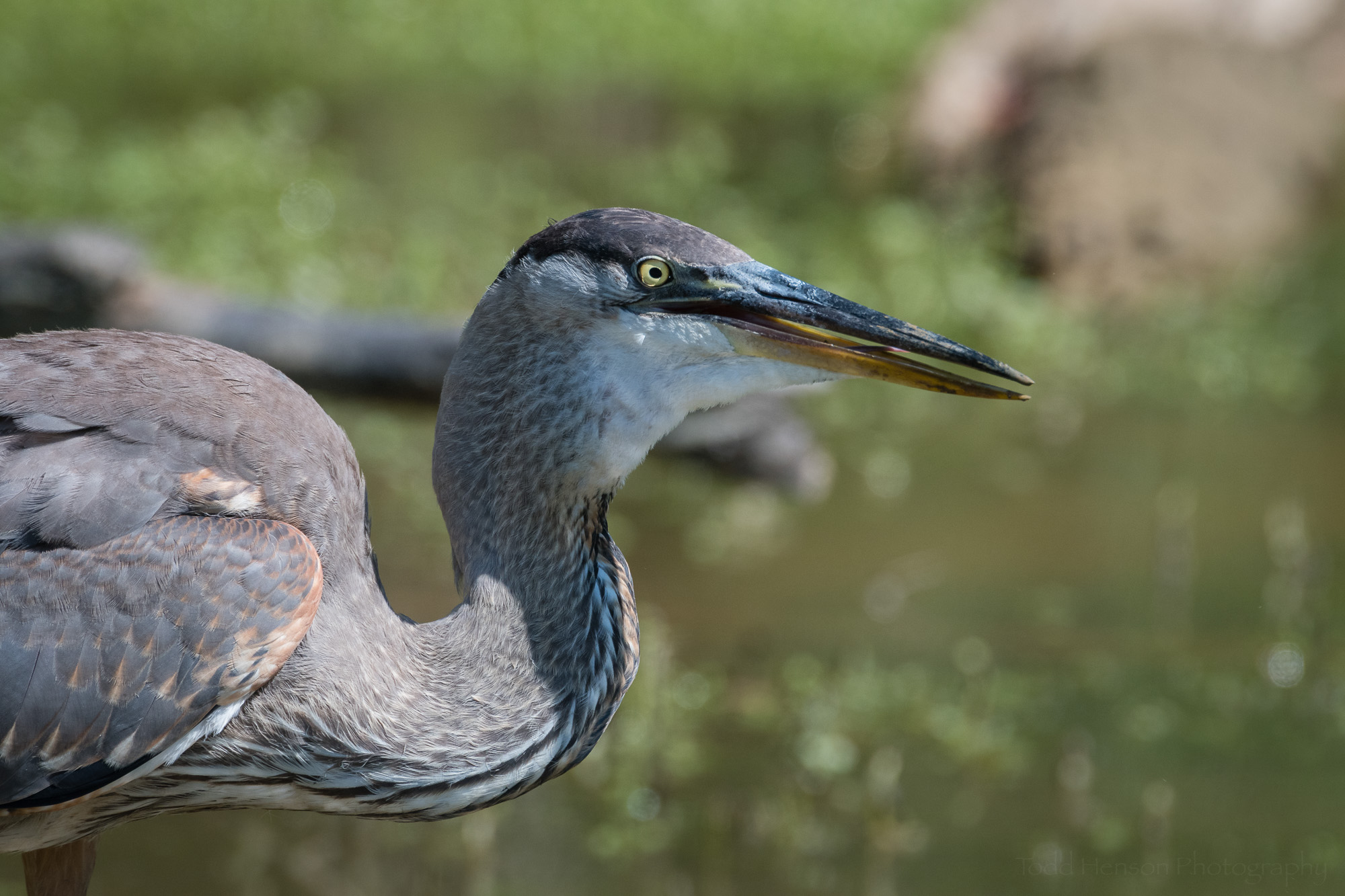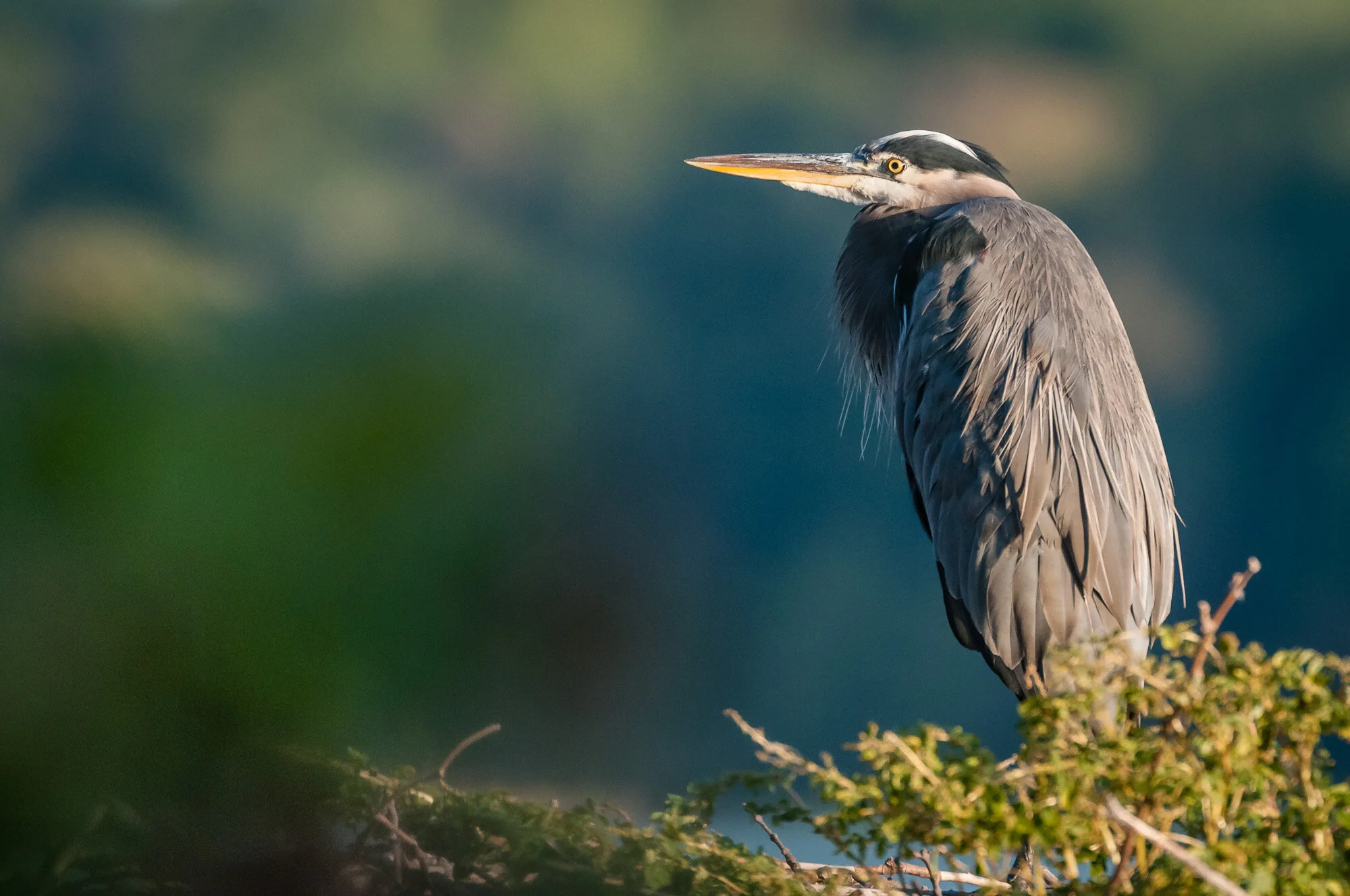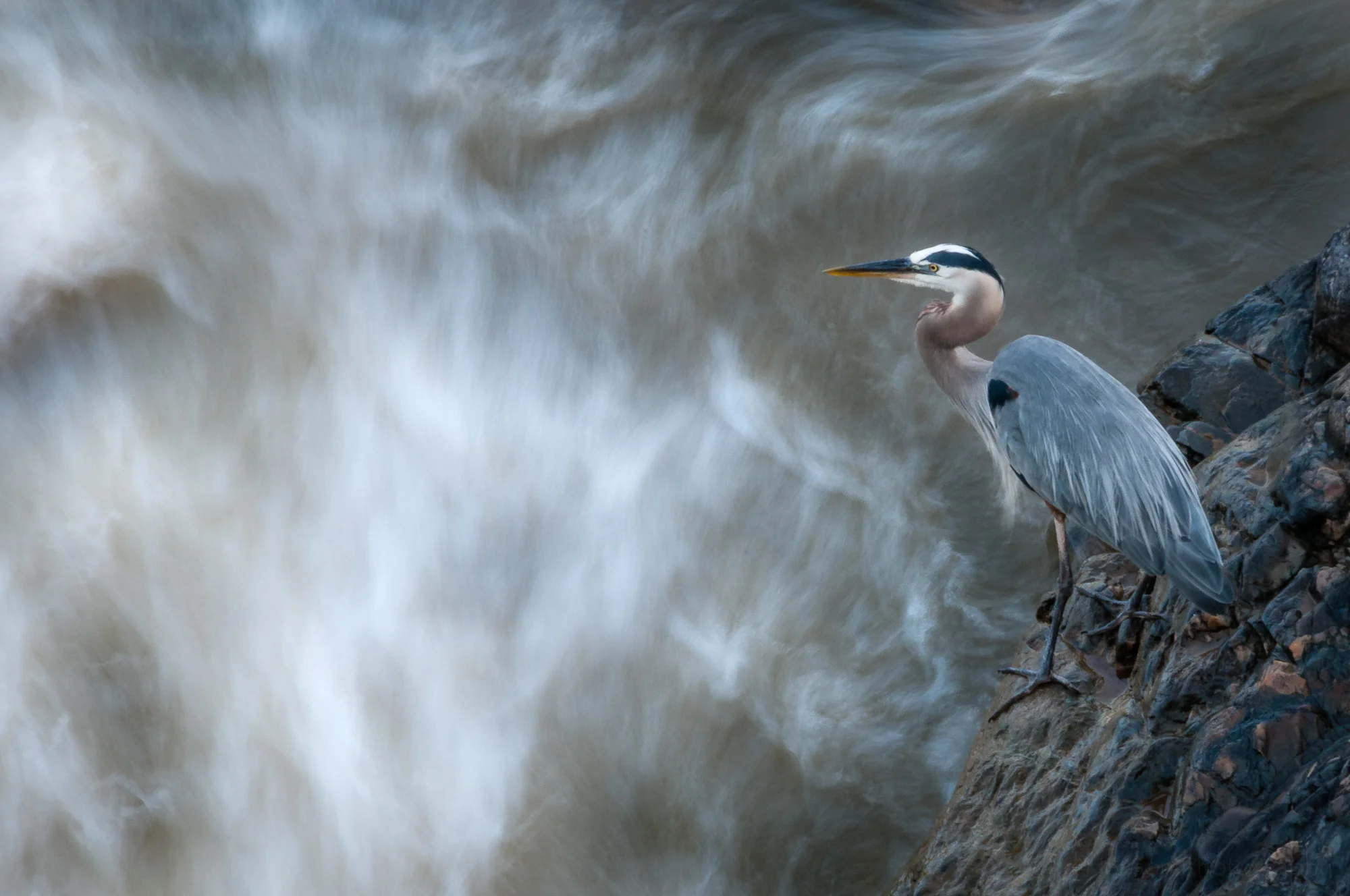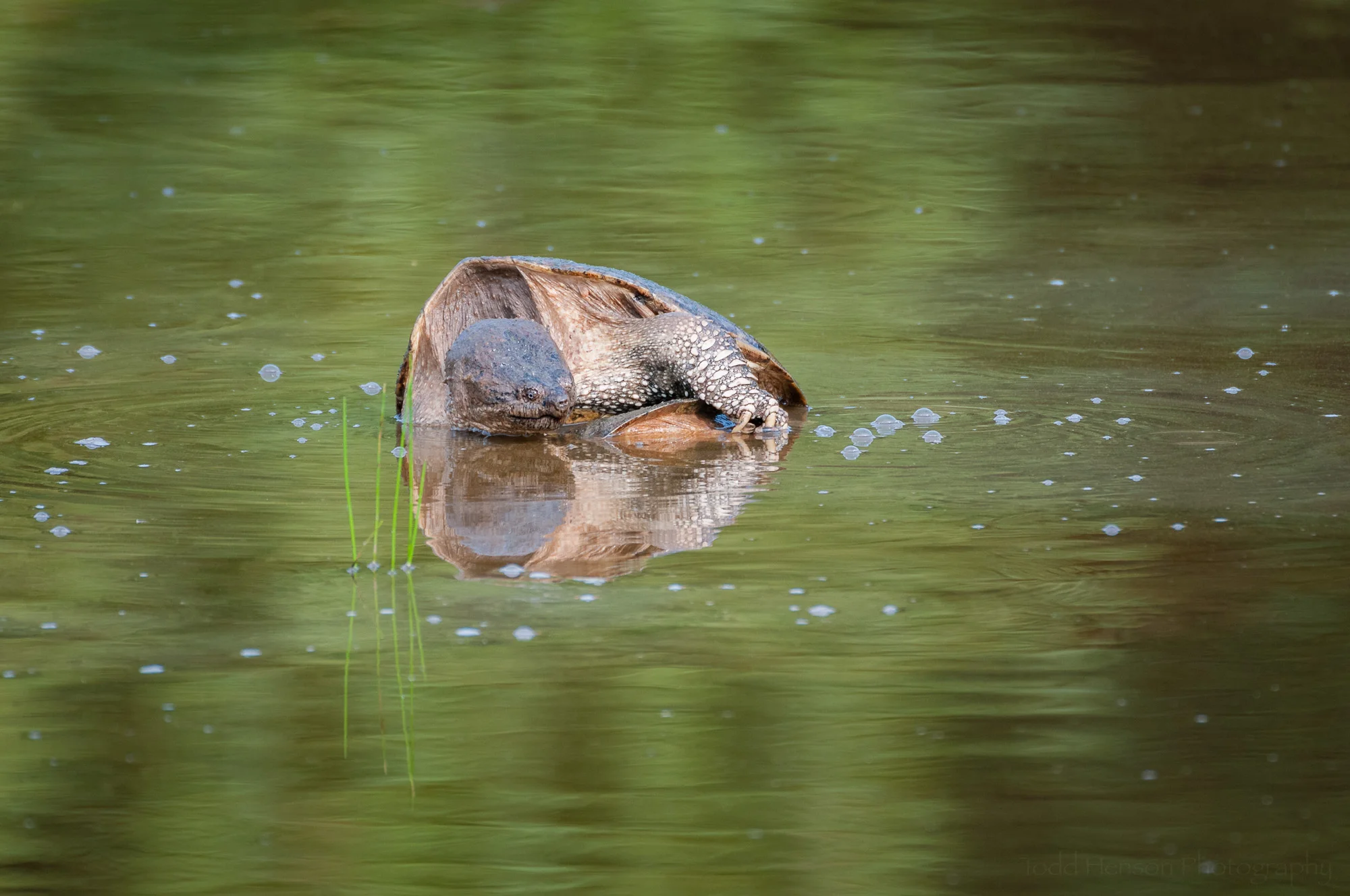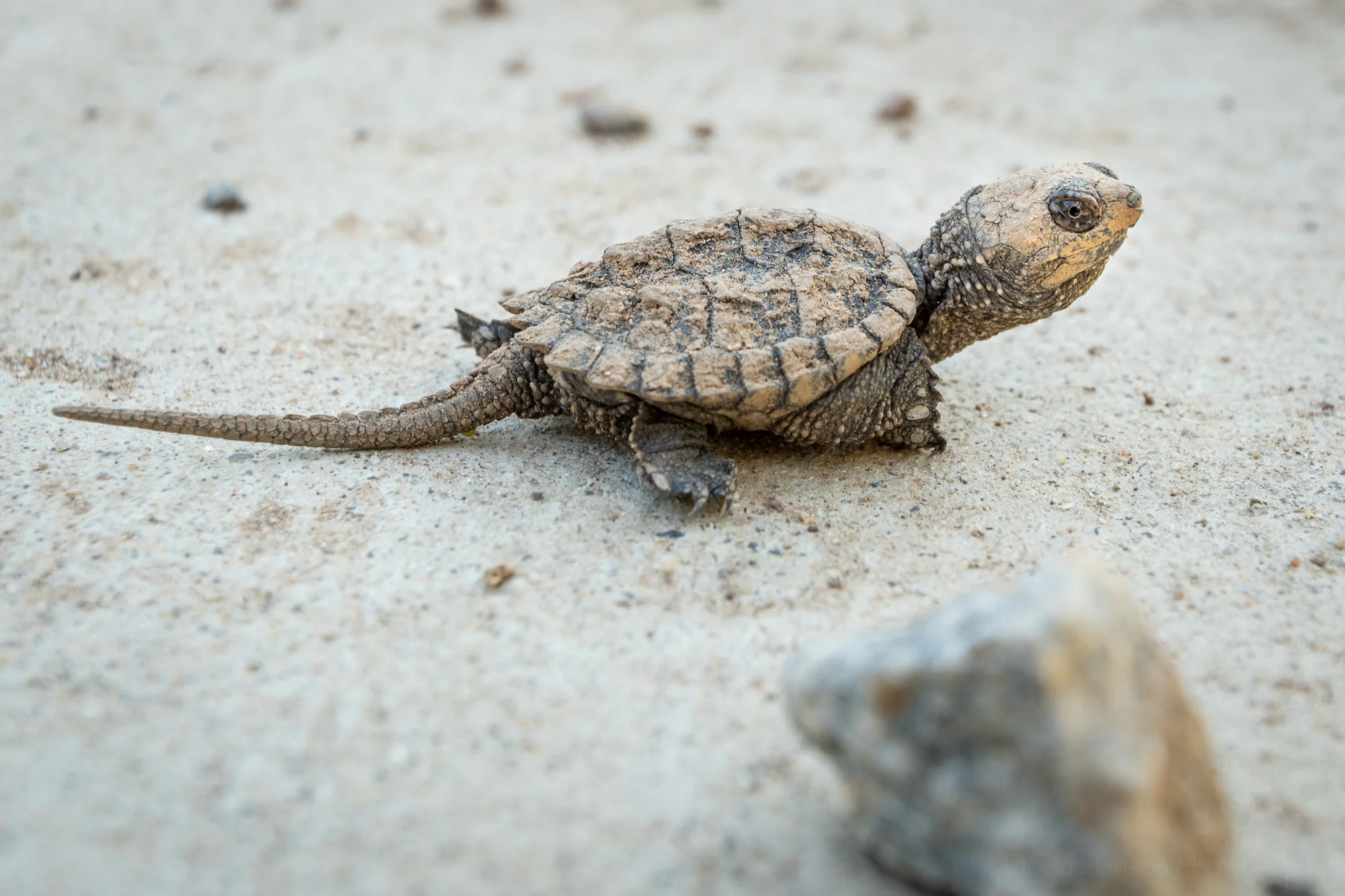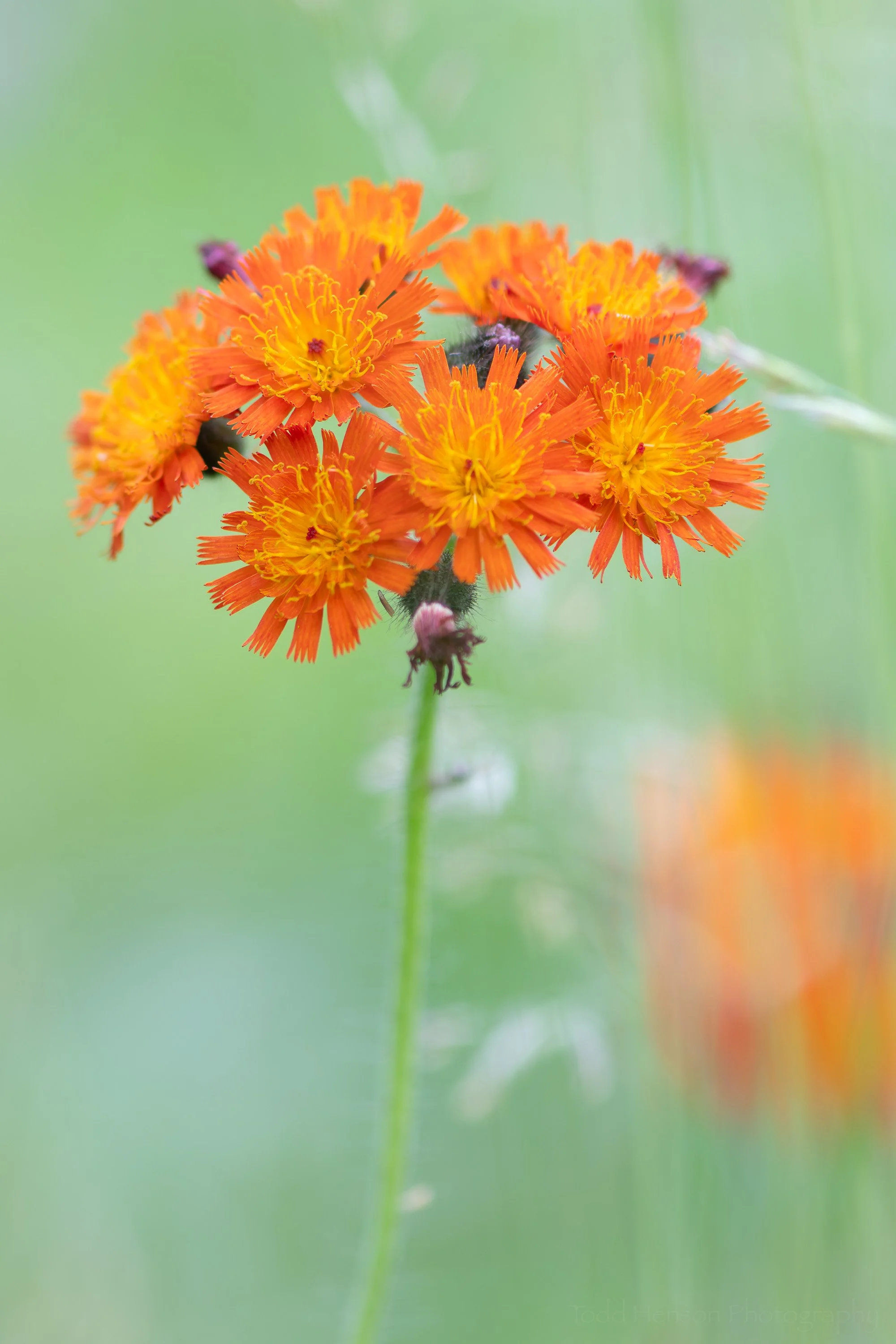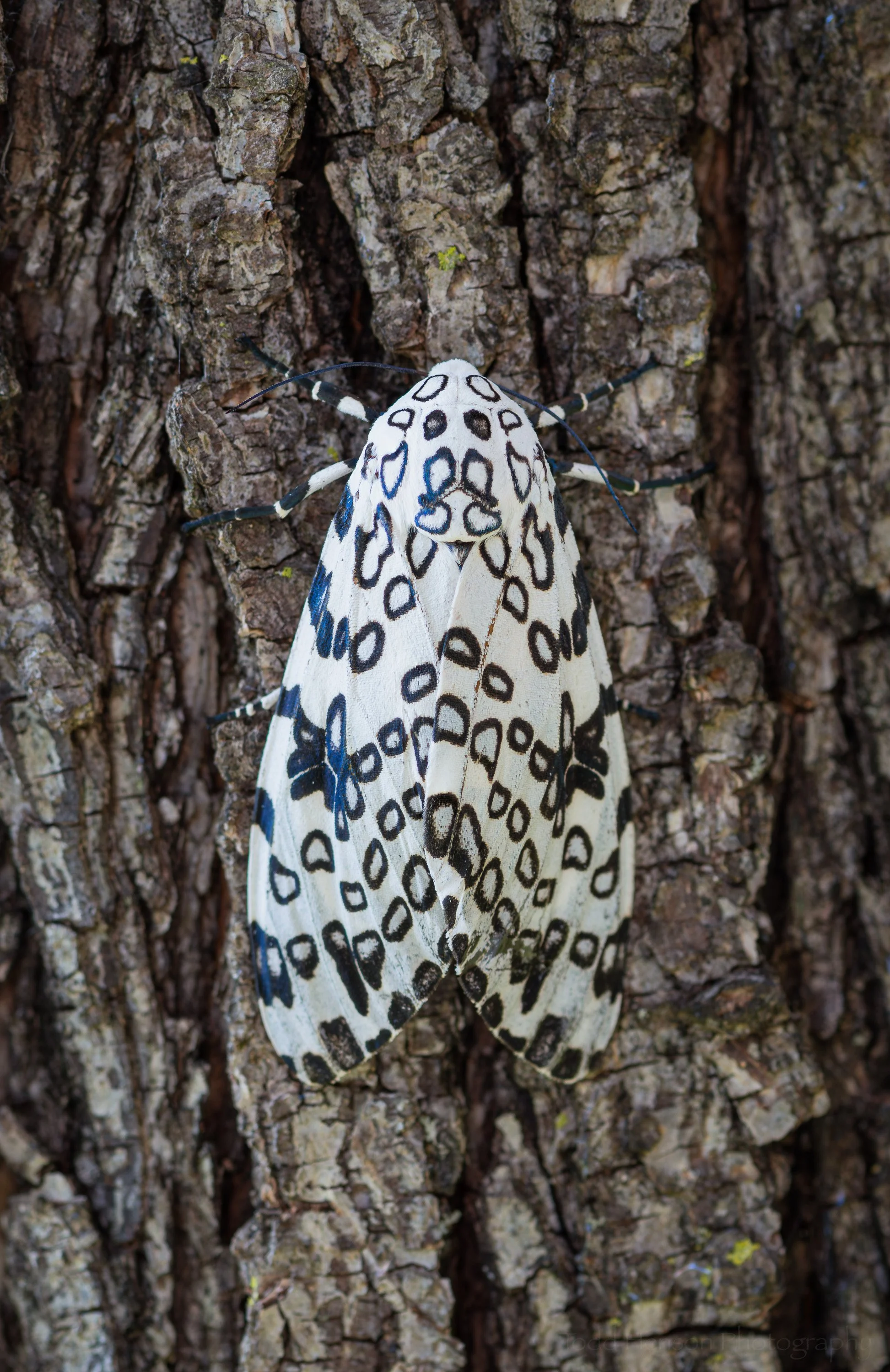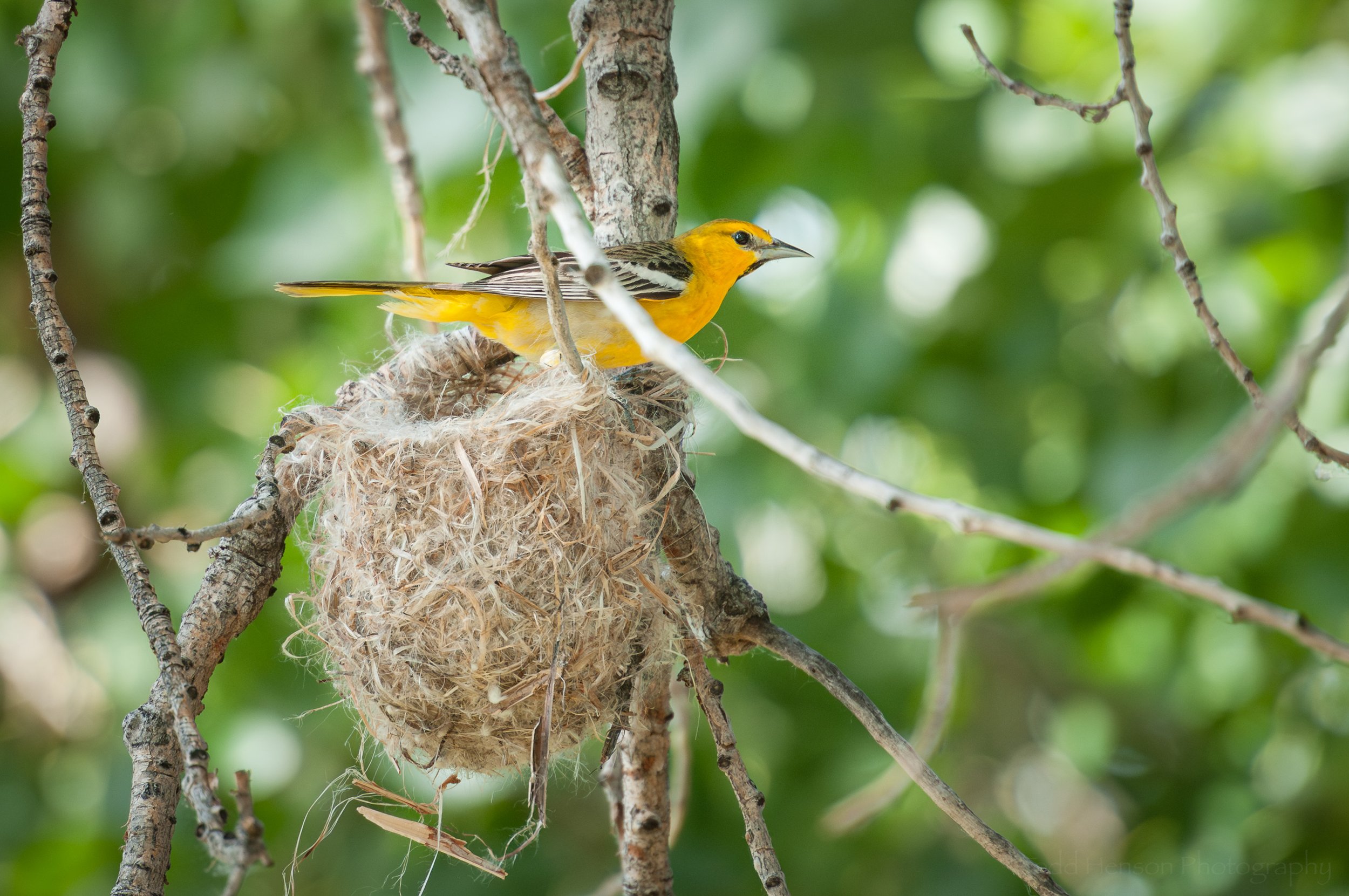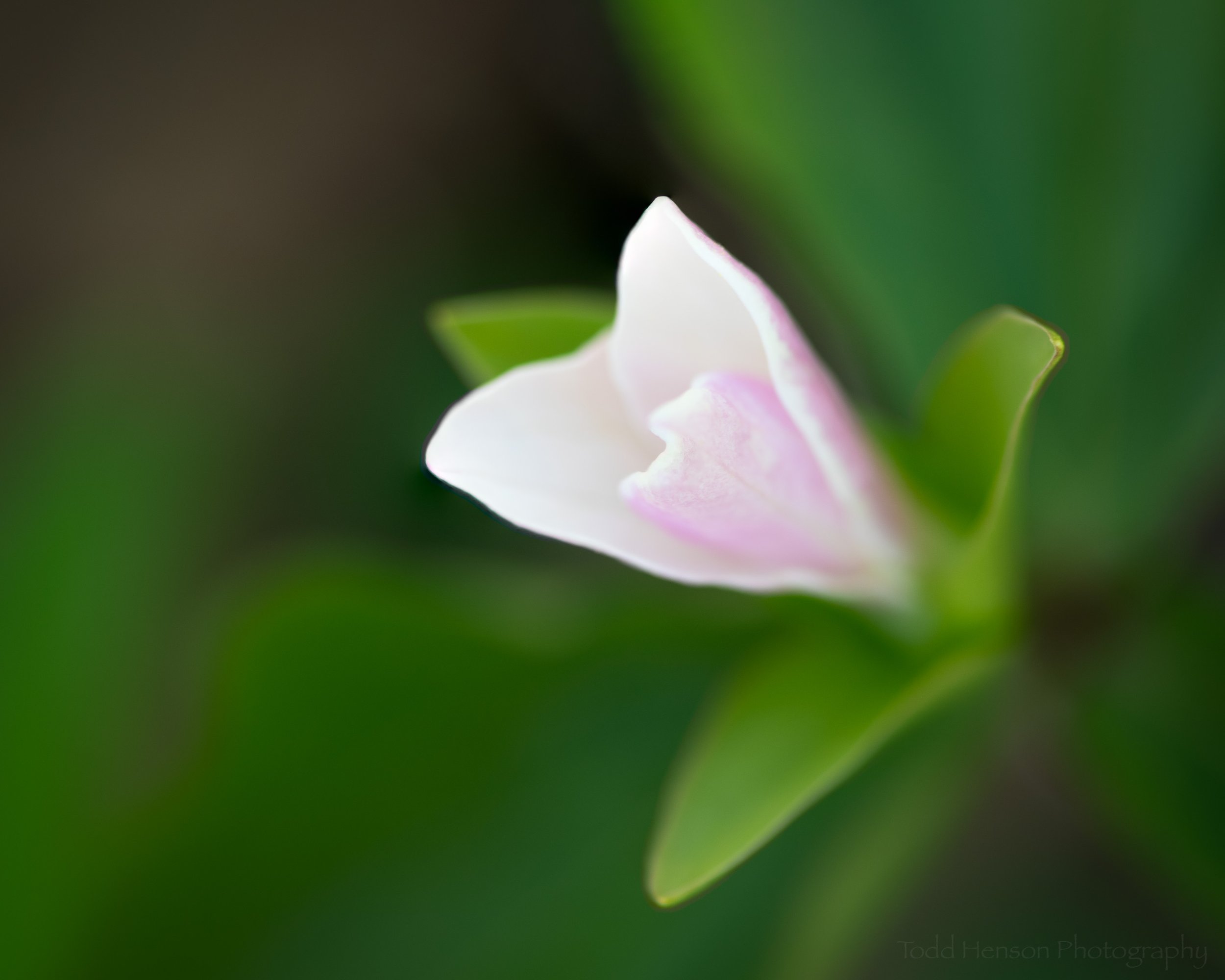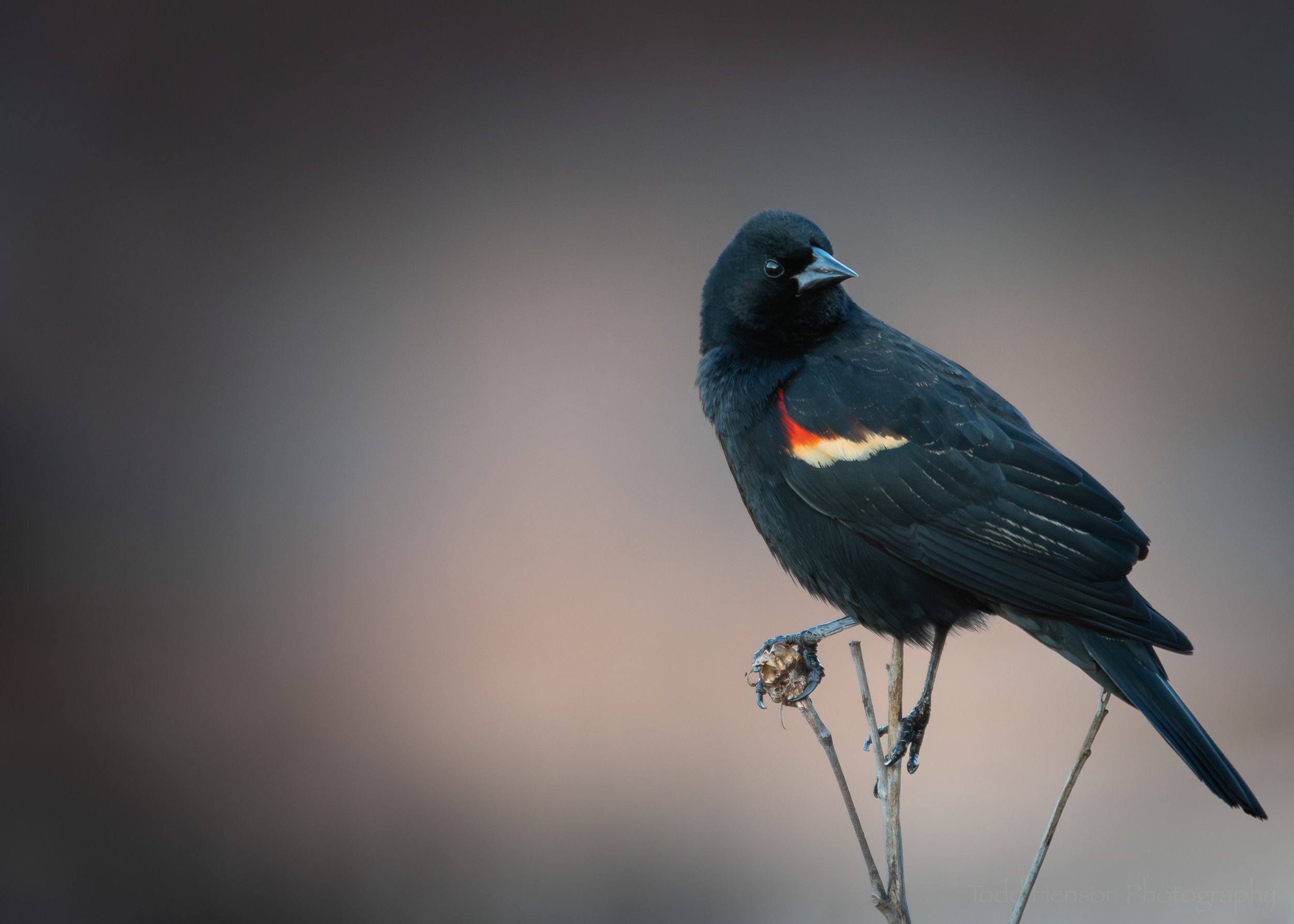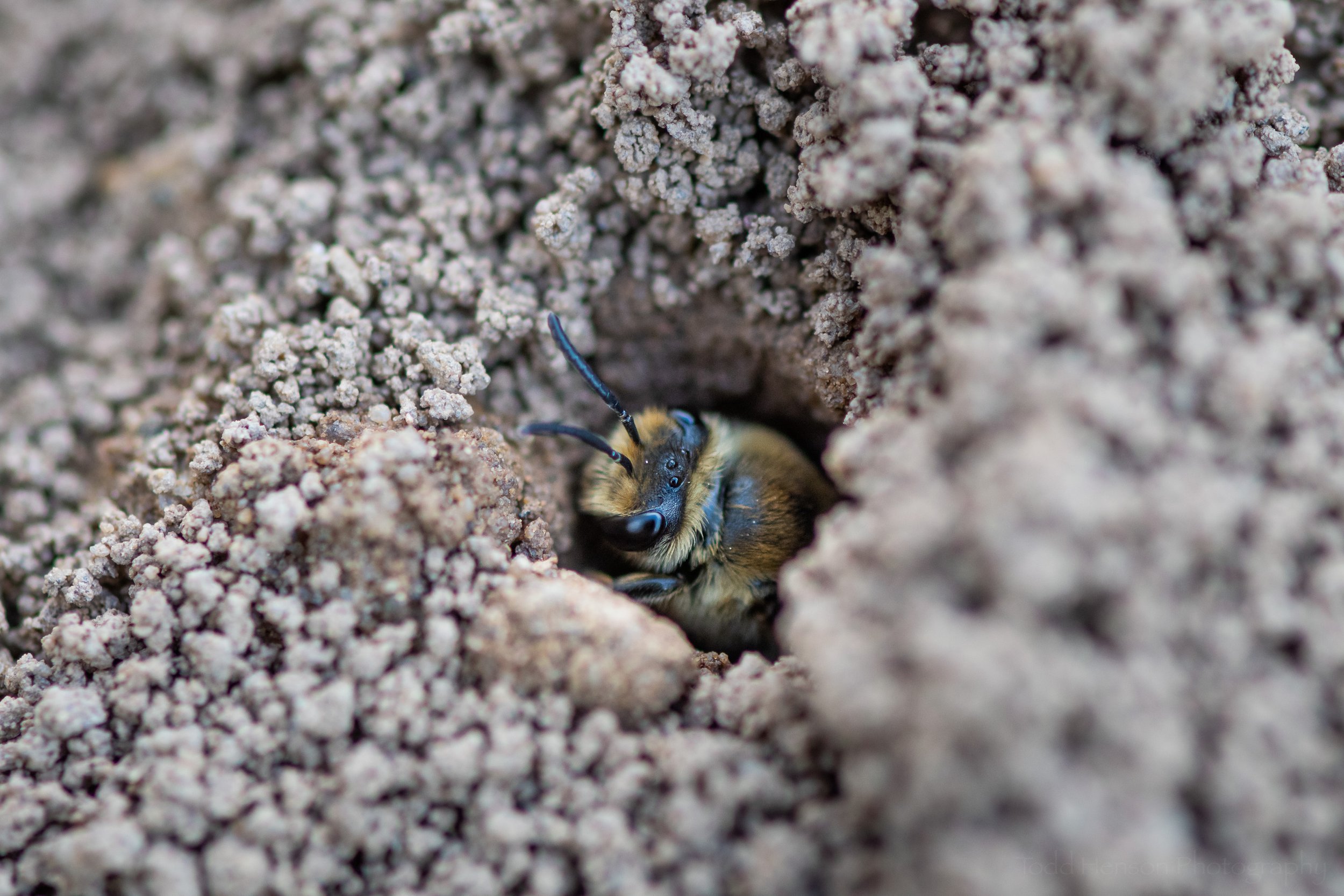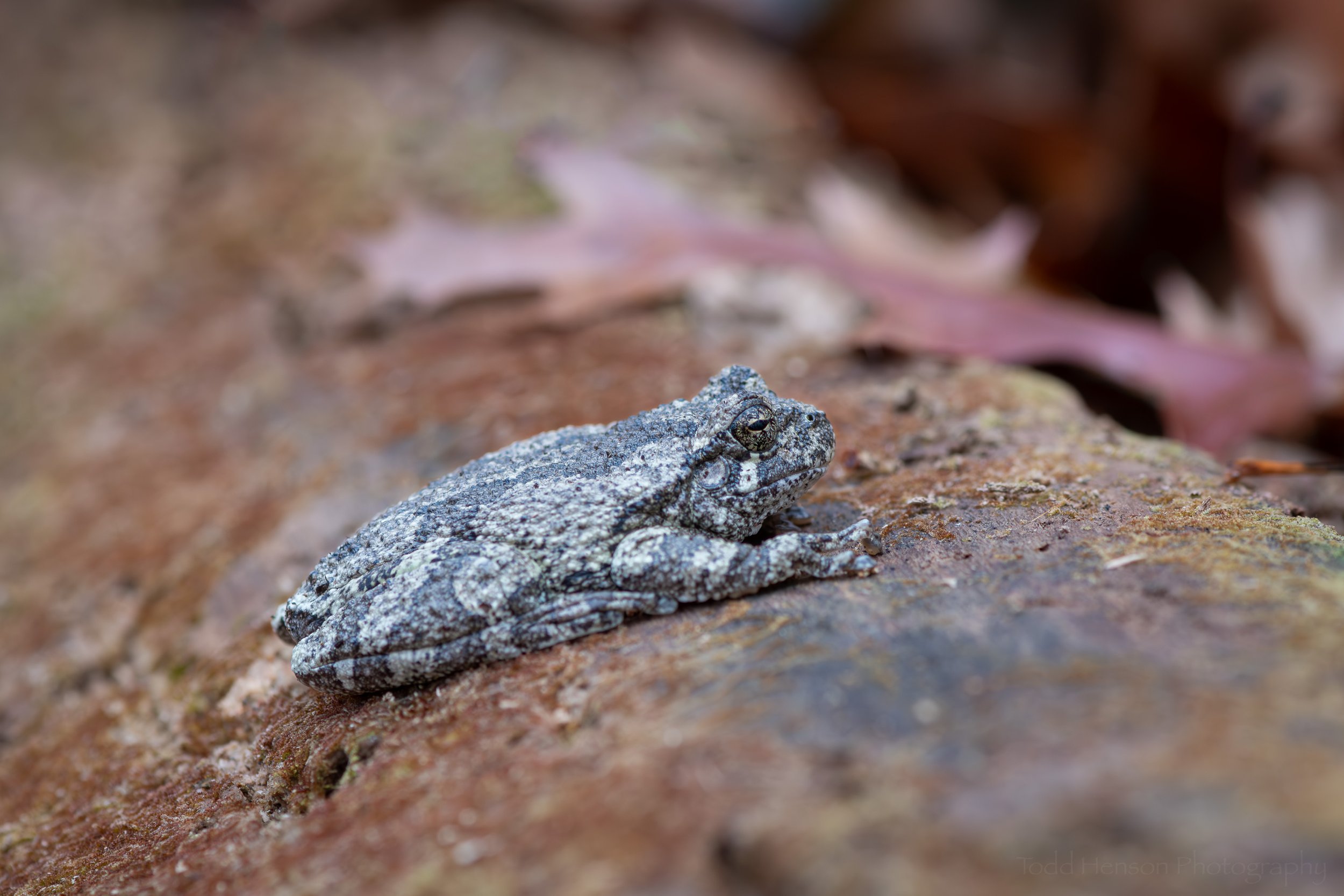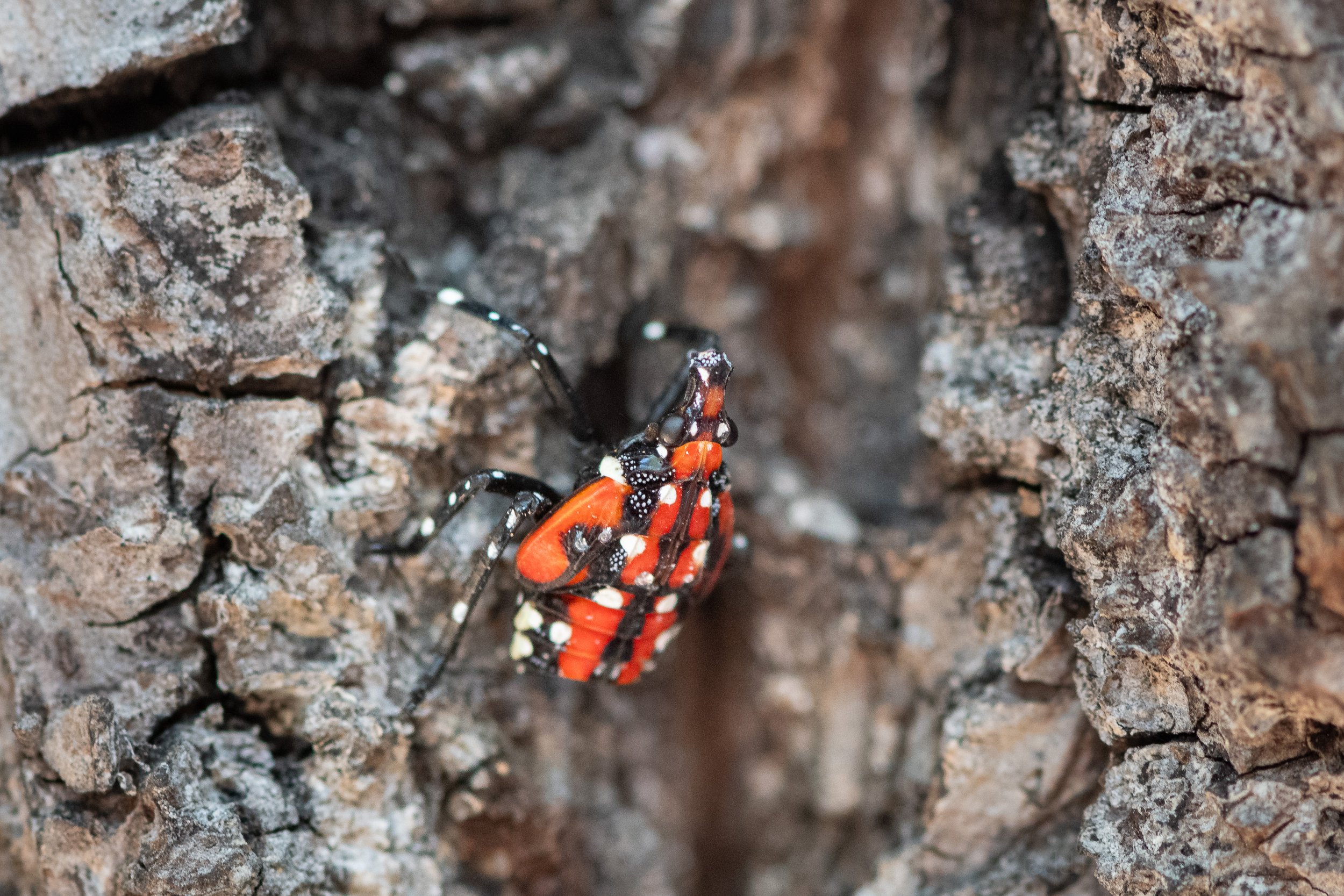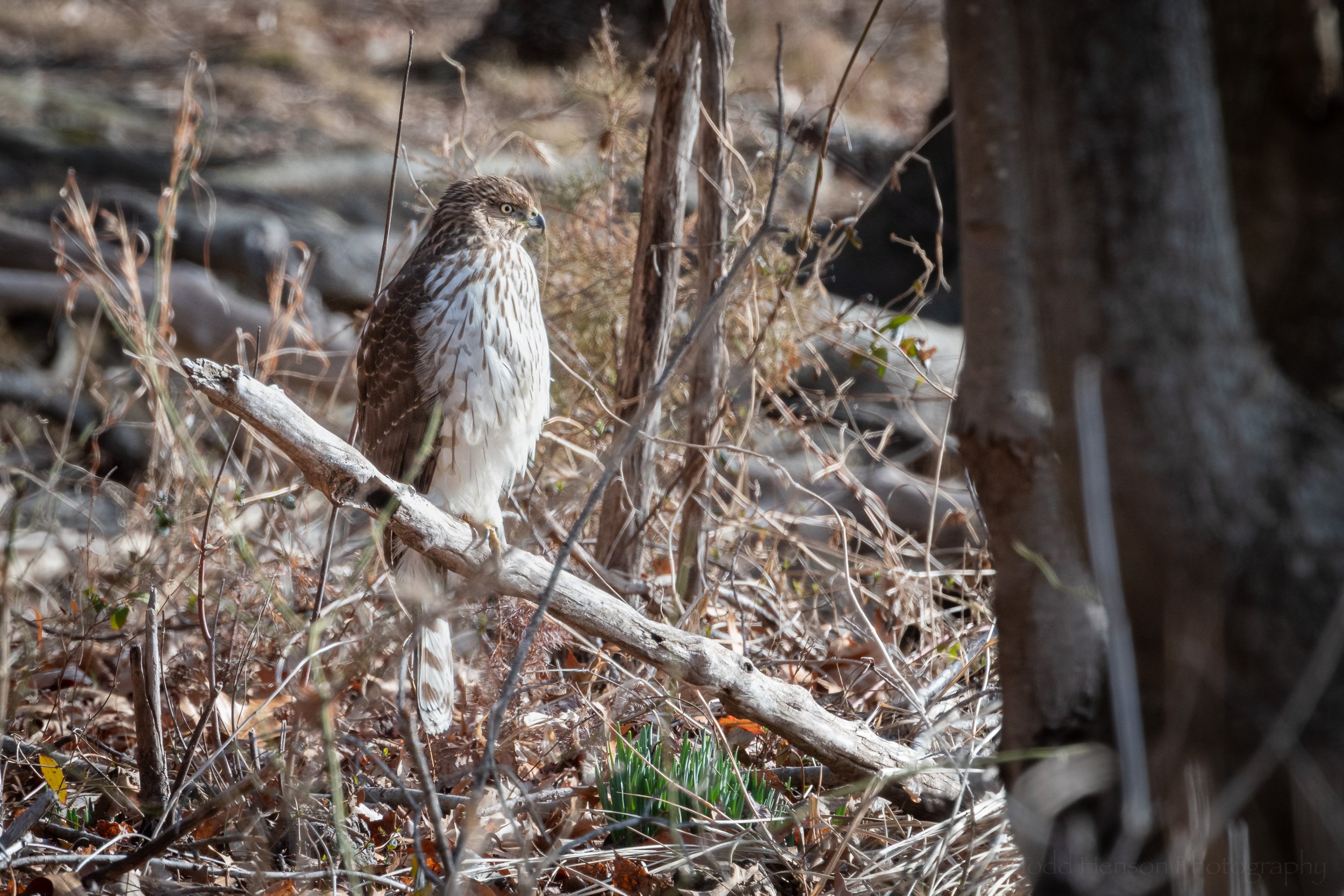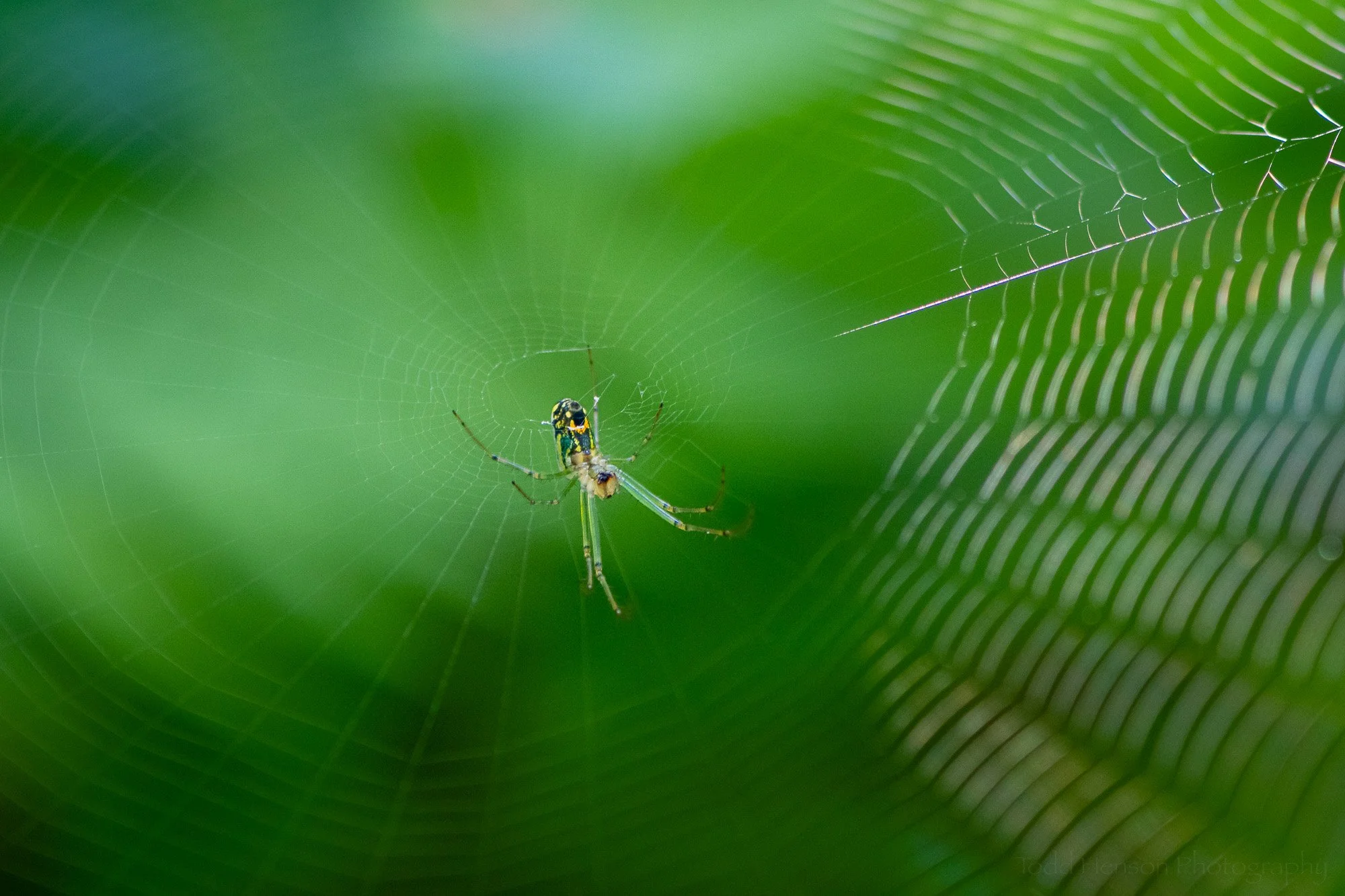Great Blue Herons are experts at fishing, and they can consume fish you’d think were far too large to fit down their throat. The sequence below shows a Great Blue Heron swallowing what is, admittedly, a small fish. This heron was fishing in a local wetlands park not far from the boardwalk, completely oblivious to the people watching and photographing.
Take a close look at the first photo. Notice how the heron’s eye looks very milky, especially towards the upper right? That’s the bird’s nictitating membrane, an extra eyelid birds have that helps them clean and protect their eyes while still being able to see. It likely closed its nictitating membranes when it plunged its head into the water to catch the fish.
Be sure to click on any of the photographs for a larger view.
And just over 5 seconds later the Great Blue Heron is ready to begin fishing again.
Satisfied with its catch the Great Blue Heron goes back to fishing.
Do you enjoy these posts?
Sign up to receive periodic emails with updates and thoughts. Don’t worry, I won’t spam you. And please consider purchasing artwork or products from my online store, and using my affiliate links in the sidebar to the right when shopping online.
I appreciate your support!







